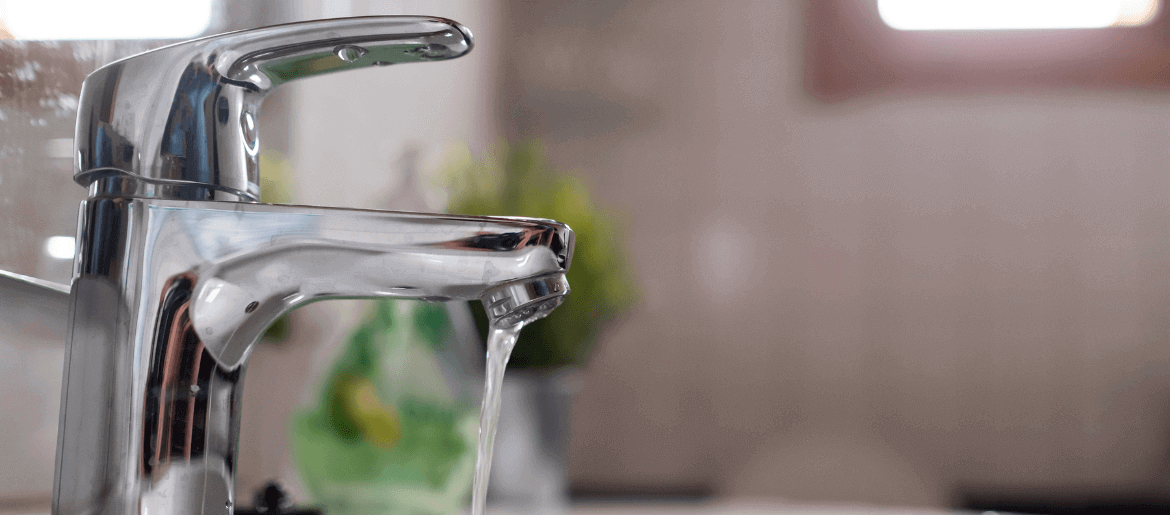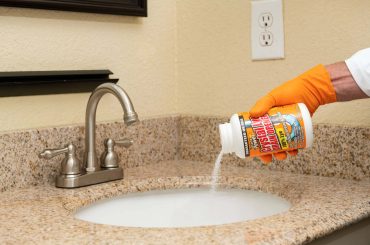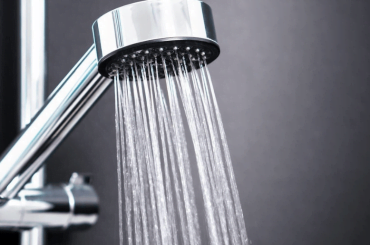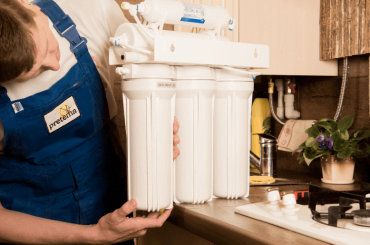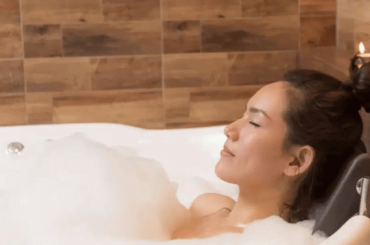If you have low water pressure in your house, it can be a real hassle. Most people take water pressure for granted until it’s gone.
Low water pressure can be caused by a variety of things, from a clogged shower head to a city-wide water main break. Fortunately, there are several ways to fix low water pressure in your house.
This blog post will outline the most common causes of low water pressure and the best ways to address them. Stay tuned for more helpful tips!
Low Water Pressure in Houses | Causes & Solution
What causes low water pressure in the whole house?
The 5 major causes of low water pressure in the house include:
1) Malfunctioning Pressure Regulator: Your home’s water pressure regulator is responsible for keeping the pressure at a constant level and if it malfunctions it can cause low water pressure in your house.
2) Leakages in the Pipes: A small leak somewhere within your plumbing system may not be visible on the outside but the constant loss of water can cause a pressure drop.
3) Clogged Water Filters or Pipes: If your filters are clogged with rust or sediment they can restrict water flow and result in low water pressure. Parts of your plumbing system may also become blocked by mineral deposits over time.
4) Improperly sized Water Pipes: If the water pipes in your house are too small, they won’t be able to handle the flow of water needed and low pressure will result.
5) City-Wide Pressure Issues: Sometimes, low water pressure can be caused by problems outside of your home such as a broken water main or other infrastructure issues.
How to diagnose water pressure issue?
If you find that the water pressure in your home is low there are a few steps you can take to try and diagnose the issue:
- The first step is to check if the problem is localized to one area or affects all of your plumbing fixtures. If it’s only affecting one fixture then the issue may be related to the fixture itself such as a blocked aerator.
- If the issue affects all of your fixtures then you should check for any blockages in your plumbing pipes or fixtures. Check for limescale buildup which can reduce water pressure. If there is a blockage it may need to be removed before the water pressure can increase.
- If the blockage is not the issue, you should check your water pressure regulator. This device can be adjusted to increase or decrease the amount of pressure in your system. If it’s set too low then it could be causing the reduced water pressure.
- Finally, if none of these steps solve the issue it may be time to call a professional plumber. They will be able to diagnose and fix any issues that are causing your low water pressure.
With the right techniques, you can diagnose and solve the issue of low water pressure in your home yourself. However, if all else fails, it may be wise to enlist the help of a professional.
How To Fix Low Water Pressure?
Low water pressure can be caused by a variety of factors, including leaks in your pipes, clogged aerators on faucets, or broken valves.
If you’re experiencing low water pressure throughout your home, the first step to finding a solution is to determine the source of the problem.
Here are some tips for troubleshooting and fixing low water pressure in your home:
1. Check your main shut-off valve – The first step is to make sure that the water source to your home has not been closed or partially closed. Locate the main shut-off valve, usually located near the meter and turn it all the way open.
2. Inspect for leaks – Leaks in pipes can cause low water pressure. Inspect all exposed piping and check for any visible signs of a leak. If you suspect you have hidden leaks, consider hiring a licensed plumber to inspect your home’s plumbing system.
3. Clean or replace aerators – Clogged aerators on faucets are another common cause of low water pressure. To clean the aerator, unscrew it from the faucet and remove any debris or minerals that have built up inside. You can also purchase an inexpensive replacement at a local hardware store if needed.
4. Check valves – If you have numerous fixtures with low water pressure, there may be something wrong with the valves that control water flow. Consider having a plumber inspect and/or replace any broken or malfunctioning valves.
By following these tips, you should be able to quickly identify and fix any underlying causes of low water pressure in your home.
If all else fails, it may be time to call in the professionals – a licensed plumber can inspect your home’s plumbing system and determine the best solution for restoring water pressure.
Additional Tips To Improve Water Pressure
1. Install a Water Pressure Booster: A water pressure booster is an electric pump that can be installed to help increase the overall water pressure in your home. This device works by controlling the flow of water and increasing the available pressure when needed.
2. Upgrade your pipes: In some cases, low water pressure may be caused by old or dilapidated plumbing pipes. If this is the case, it may be time to consider replacing your home’s plumbing system with new, more efficient piping.
3. Check for clogs: Clogs in your home’s plumbing can reduce water pressure significantly. Inspecting and cleaning out any blocked pipes or fixtures can help to restore water pressure in your home.
By following these tips, you can improve the water pressure in your home and ensure that all of your fixtures are working properly.
Also Read: Can You Paint Bathroom Faucets?
FAQs – Causes Of Low Water Pressure In Houses & Ways To Fix
Can a plumber fix low water pressure?
Yes, a plumber can diagnose and repair any issues that are causing low water pressure in your home. They will be able to identify any underlying issues and make the necessary repairs to restore water pressure.
How much does it cost to increase water pressure?
The cost of increasing water pressure can vary depending on the cause and extent of the issue. Generally, a plumber will be able to give you an estimate for the repairs needed based on their inspection.
How do you clean sediment out of water pipes?
The best way to clean sediment out of water pipes is to use a plumbing snake or auger. This tool is designed to cut through and remove any blockages that are preventing water from flowing freely.
It may also be necessary to flush the system after the clog has been removed to get rid of any remaining sediment.
What cleans sludge out of pipes?
A variety of methods can be used to clean sludge out of pipes, including manual cleaning, chemical cleaning, high-pressure water jetting and robotic cleaning.
- Manual cleaning involves physically scraping the sludge from the walls and bottom of the pipe with a brush or shovel.
- Chemical cleaning uses strong chemicals to dissolve the sludge so it can be flushed away.
- High-pressure water jetting uses a powerful device to blast the sludge from the inside of the pipe with high-pressure jets of water.
- Robotic cleaning employs specialized robots equipped with cameras, tools and brushes that are sent through the pipes to scrape away any remaining sludge in hard-to-reach places.
What dissolves dirt in pipes?
Chemical cleaning is the most effective way to dissolve dirt in pipes. Specialized chemicals can be used that are designed to break down dirt and leave the pipes clean and clear.
The chemical must be carefully monitored to ensure it will not damage the pipe or surrounding environment. It is also important to remember that some of these chemicals may be corrosive and require special handling procedures.
Bottom Line
Low water pressure can be a frustrating problem in any home. Thankfully, there are several steps you can take to troubleshoot and hopefully fix the issue. We’ve outlined some of the most common causes of low water pressure and what you can do to address them.
If you’ve tried all of these solutions and are still experiencing low water pressure, it may be time to call in a professional. Have you been able to resolve your low water pressure issues?

